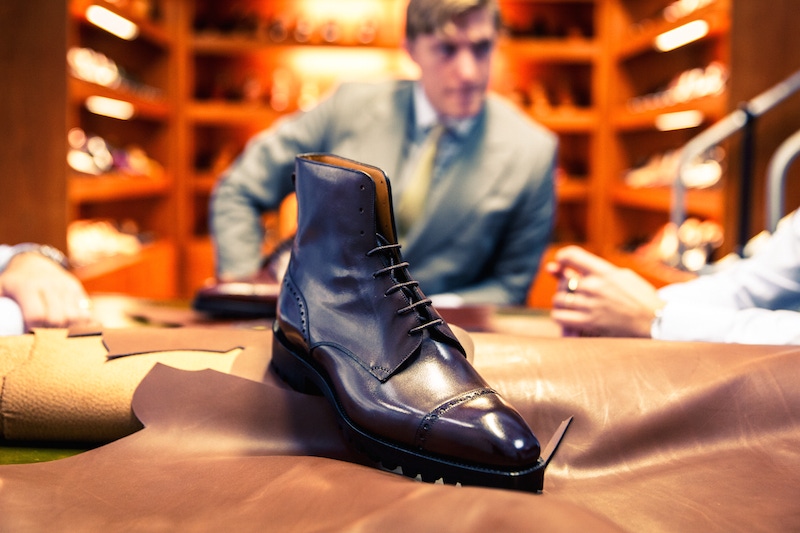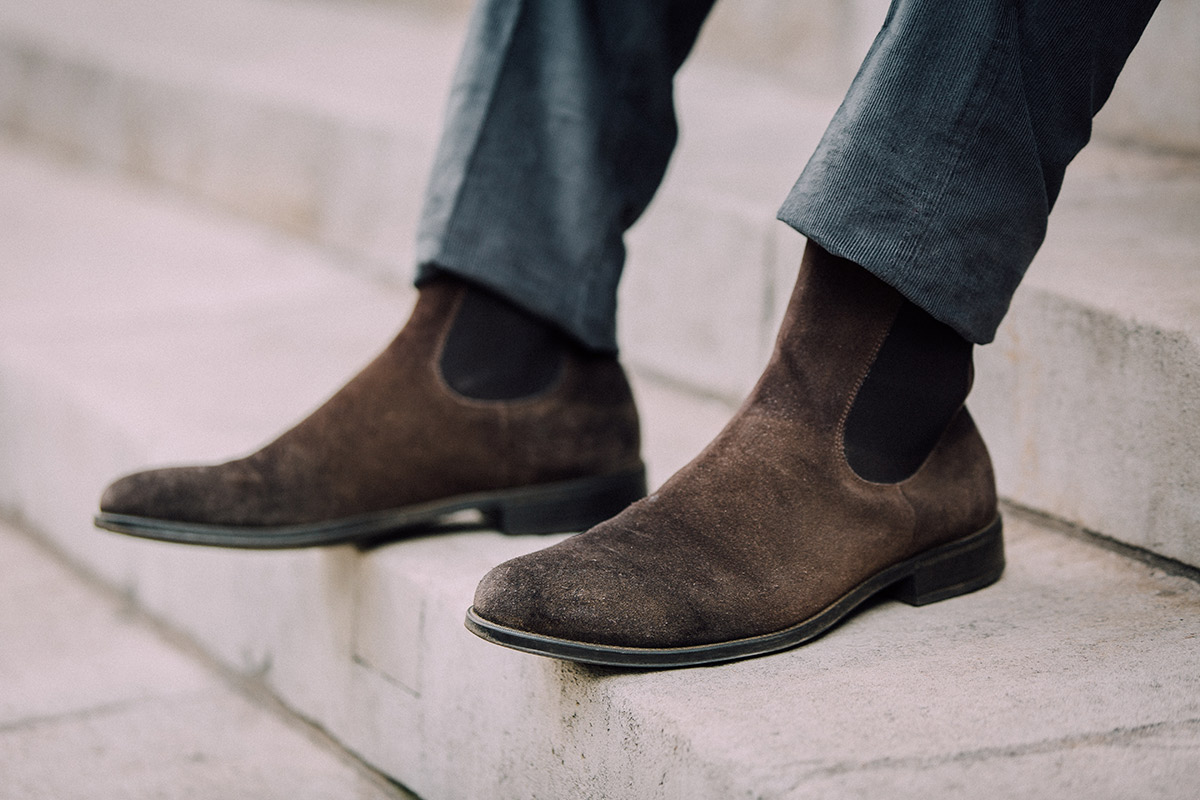Joseph Cheaney & Sons: 132 years of shoemaking mastery

Half an hour drive north of Northampton in a small, unassuming market town called Desborough resides the quintessential English shoemaker Joseph Cheaney & Sons. Founded in 1886 by a cobbler who’d previously been the factory manager at a nearby shoemaker, the business originally traded under the name J. Cheaney, Boot & Shoemakers. However, when the eponymous founder’s sons joined the workforce, the name was adherently changed. Unlike many of its contemporaries, which now exist exclusively in the dusty pages of history, Cheaney managed to survive and prosper through the two world wars by manufacturing boots for military officers. “In Desborough and Rothwell, which is just down the road, there used to be 14 shoe factories, but it's since condensed down to one – us. So that gives you an idea of the industry and its decline during the 20th century,” William Church, Managing Director of Cheaney, tells me.
It wasn’t until 1964 when Cheaney started to maximise on its potential when the family sold the business to the Church Group in a bid to preserve the family name. Following the sale, Cheaney began to make steady gains in the industry and with the luxury of hindsight, it was the right decision for the founding family to alleviate themselves from the business. Two years later, the factory started to produce shoes under the Cheaney name, as up until then it was primarily known for being a very well respected private maker for brands and businesses both in England and overseas.
The business is now underneath the stewardship of cousins William and Jonathan Church, who recognised the huge potential in the Cheaney brand and bought it from the subsidiary of Prada in 2009. Together, they’ve established Cheaney as a leader in the highly saturated yet well-regarded English shoemaking industry. “We were, at one point, 20-30% Cheaney and the remainder was for other brands,” explains Church on where they’ve come from. He continues: “Part of our strategic drive was that we knew that we could be more commercially resilient, so now we’ve flipped that around the other way. We're now 70% Cheaney, the rest is for private labels. So, we’ve consciously flipped that.”






Cheaney is well known for its wide-range of footwear that’s not just exceptionally well made, but is great value for money, considering the quality and labour-intensive make. As a result, it should come as no surprise that it’s doing so well under the watchful eye of the Church cousins, with exports going far and wide and brick-and-mortar stores constantly in the works. They now have seven premises in London, the most recent addition being in Covent Garden, which has a more avant-garde, attention-grabbing interior that encourages new customers to discover the world of Cheaney. It’s this contemporary approach to retail that has made Cheaney stand out from its competitors. But, it goes further than drawing people into the store; Cheaney wants to change customers' perceptions of particular models. “If you complement a half brogue, for instance, with an environment that has a bit of draw on it, then suddenly you're giving your brand an entirely new complexion to the consumer,” says Church.


Naturally, every step of the production behind a pair of Cheaney shoes takes place within the four walls of the late-Victorian building that’s occupied by 115 makers. It all starts in the pattern room, whereby the particular last of the model of shoe is chosen. Cheaney’s range is vast and diverse, so the lasts differ largely across the board to fit the client’s and region’s specific requirements. Once the last and model has been chosen, supple calfskins sourced from Europe’s finest tanneries are delivered to the clicking room. In the clicking room, a team of craftspeople with a forensic-like stare survey the skins working around any potential imperfections and adherently ‘click’ around them before the parts are delivered to the closing room. With a soundtrack of humming machinery, this room is primarily occupied by women with nimble hands and fingers, who assemble the parts to create the uppers and add all the crucial detailing that give English shoes their instantly recognisable character: gimping, side stitching, brogueing, and royal punching.
It’s from this point on that the shoe starts to take its shape as it is prepared for lasting. But first, the Goodyear welt needs to be prepared. In the last 10 years during the renaissance of sartorialism, Goodyear welting has become a bit of a buzzword, with brands adopting the term to market their products when they’re not actually finished with the welt. Cheaney, however, respects the legacy and procedures Charles Goodyear Jr created. A hallmark of English-made shoes, a Goodyear welt sees a material rib joined to the insole, which then allows the welt to be applied through the upper, which is tacked and pulled onto the last before a period of two to three weeks of rest. Once suitably rested, cork fills the cavity that the material rib and upper creates, which adds further comfort and waterproofing. The soles are then attached, trimmed and sewn through to the welt, completing the construction. The shoe then continues its journey to the finishing room, where the last steps are undertaken: trimming, burnishing and polishing, all of which are done by hand, before the lasts are removed and the shoes are laced, packaged and despatched.
You almost need to see it first hand to believe the great deal of care that goes into a pair of Cheaney shoes, and what’s great about the workforce within the factory is that its average age is below average and, as such, the skills will continue to survive.
Cheaney is the latest English shoemaker to join our offering, and we’re incredibly excited to share the brand's finely-curated range on TheRake.com. So, whether you’re looking for a new black toe-cap Oxford to accentuate your Monday to Friday business suit, or something more casual on the weekend to pair with jeans and a cashmere cardigan, you now know where to look.




